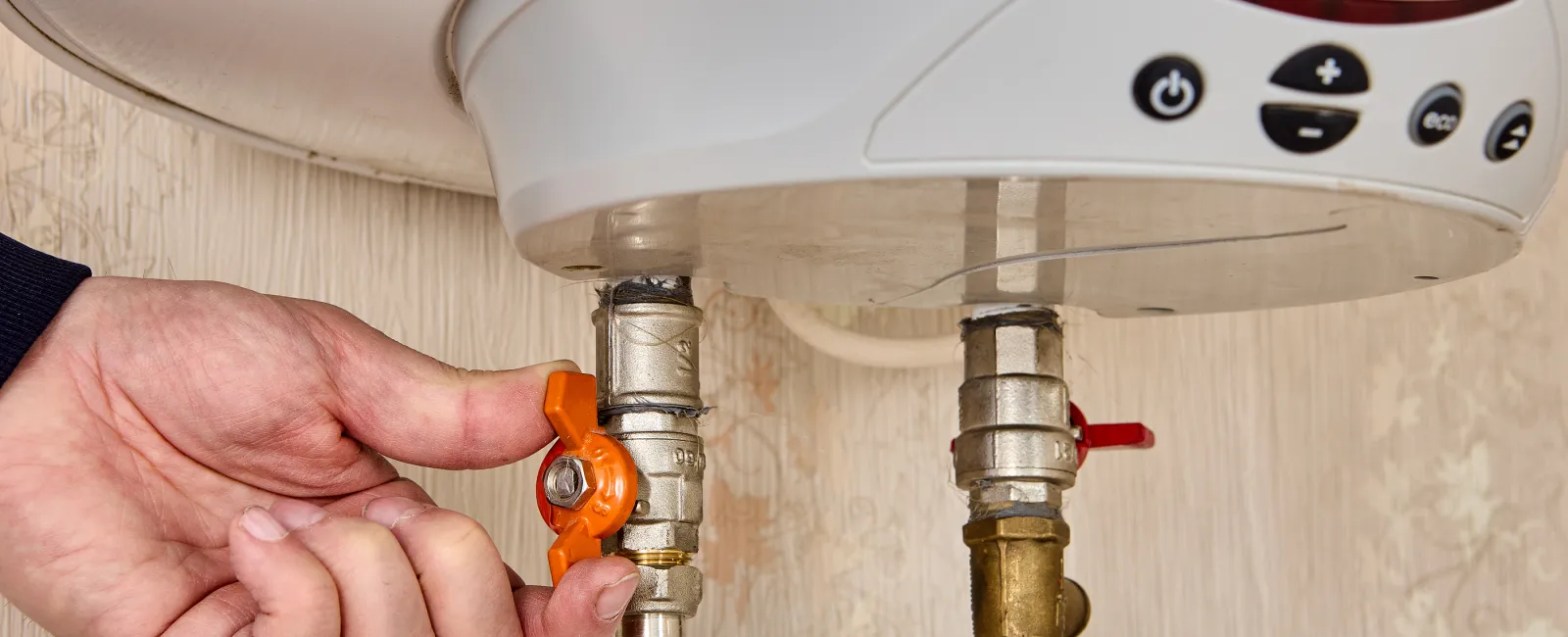Water heaters are essential household appliances, providing us with the comfort of warm water for showers, washing dishes, and more. But when is the right time to adjust the temperature, and how can you do it properly? Whether you're considering the innovative heat pump water heater, dealing with a water heater leaking, or just want to know how to adjust the water heater temp, understanding the water heater temperature setting is crucial.
The Technology Behind a Heat Pump Water Heater
The heat pump water heater is becoming increasingly popular due to its energy efficiency. Unlike traditional water heaters, it transfers heat from the air to the water. This technology requires some understanding and, at times, adjustments to the temperature. You might find that your heat pump water heater is not providing the desired warmth, or perhaps you wish to save more on energy bills by reducing the temperature. Either way, it's essential to comprehend how this technology works and how to make the necessary adjustments without professional assistance.
Dealing with Water Heater Leaks
A water heater leaking is not an uncommon problem and can cause considerable anxiety. A leak might indicate underlying issues that require immediate attention. Sometimes, the leakage may be related to the water heater temperature setting. A high temperature might cause excess pressure, leading to a leak or other underlying problems. If your water heater is leaking, it's vital to understand the possible connection between the leak and the temperature setting, as this might assist you in troubleshooting the issue or explaining it to a professional plumber.
How to Adjust Water Heater Temp: A Guided Process
For those wondering how to adjust the water heater temp, the process, though not overly complicated, must be done with care. The first step is to turn off the power to your water heater, as safety should always be a priority. Next, you'll need to access the thermostat, often found behind an access panel. You can adjust the temperature to the desired setting using a flat-head screwdriver.
After making these adjustments, monitoring the water temperature is wise to ensure it's at the desired level. Keep in mind that any changes to the temperature setting should be done cautiously, considering all factors, including energy efficiency, comfort, and even the potential for leaks.
Finding the Optimal Water Heater Temperature Setting
The optimal water heater temperature setting is often a matter of personal preference and need. However, there are some general guidelines to follow. A standard setting for many households is 120°F, sufficient for most daily needs without risking burns or consuming excessive energy.
Some people might prefer a slightly higher or lower temperature, and that's fine as long as they know the potential implications. A higher temperature might lead to increased energy bills and risk of scalding, while a lower temperature might not kill harmful bacteria.
Understanding and aligning your specific requirements with the recommended guidelines can help you find your home's optimal water heater temperature setting.
Water heaters are more than just appliances; they are integral to our daily lives. Whether you are intrigued by the energy-efficient heat pump water heater, concerned about a water heater leaking, or simply want to know how to adjust the water heater temp, understanding the water heater temperature setting is vital.
Adjusting the temperature of your water heater isn't a task to be taken lightly. It involves a fine balance between comfort, safety, and efficiency. Properly maintaining and adjusting your water heater can provide years of comfortable and efficient service.
If you're ever in doubt, consult a professional or refer to the user manual for your specific water heater model. With the right knowledge and care, your water heater can continue providing you with the warmth and comfort you and your family deserve.

